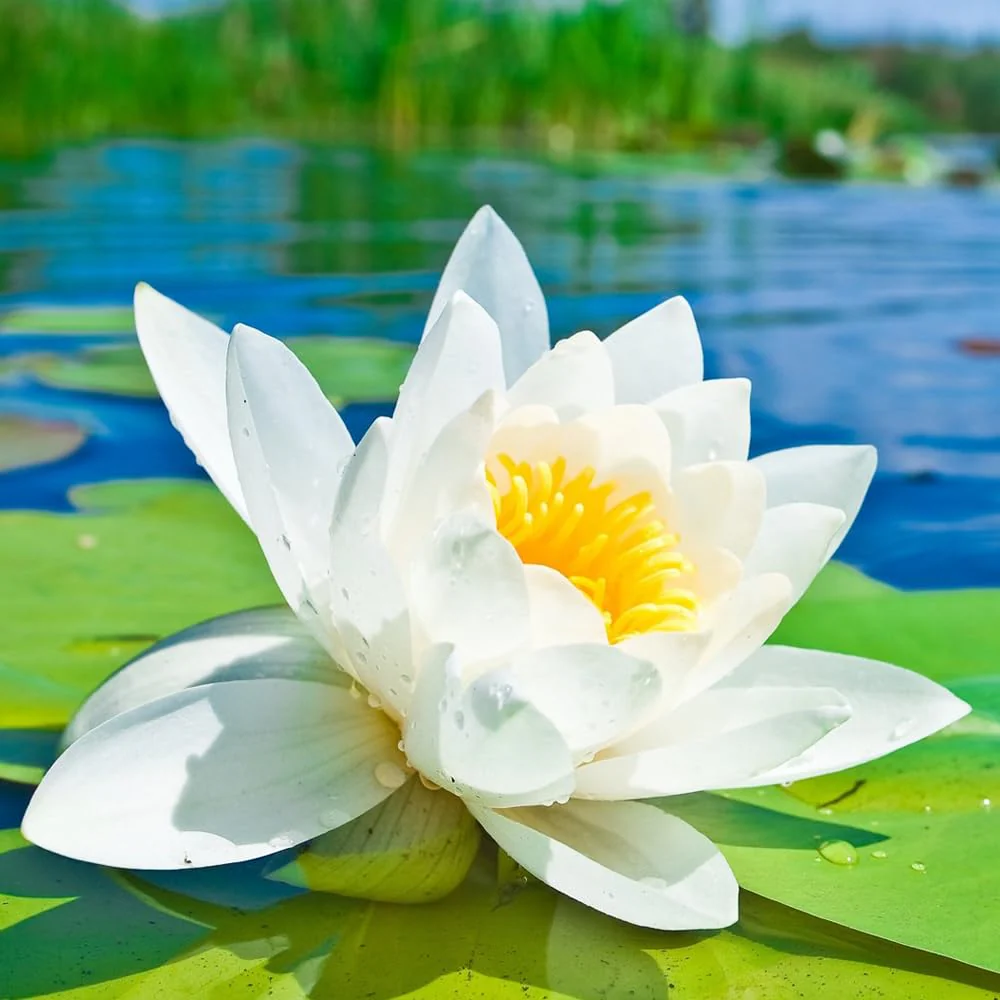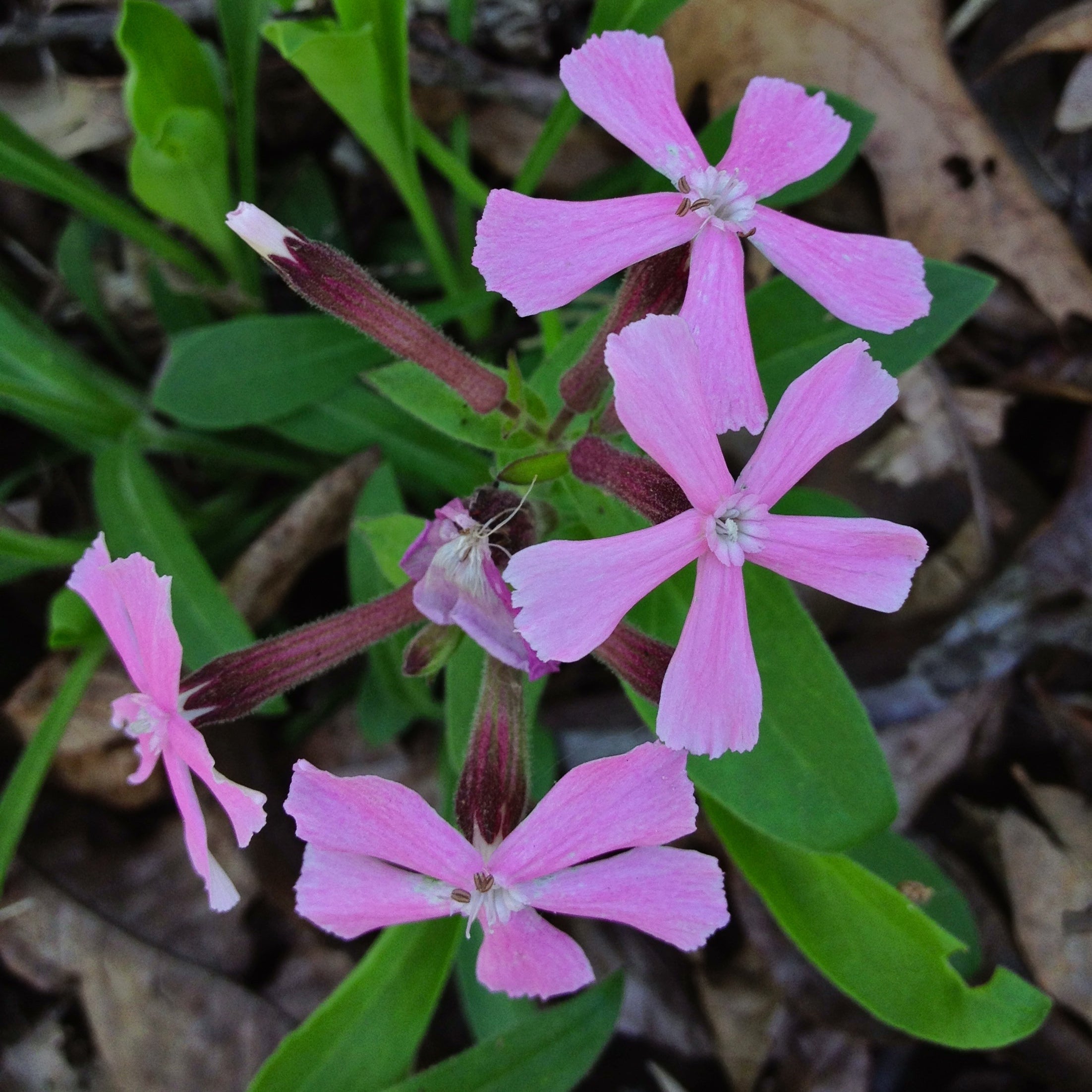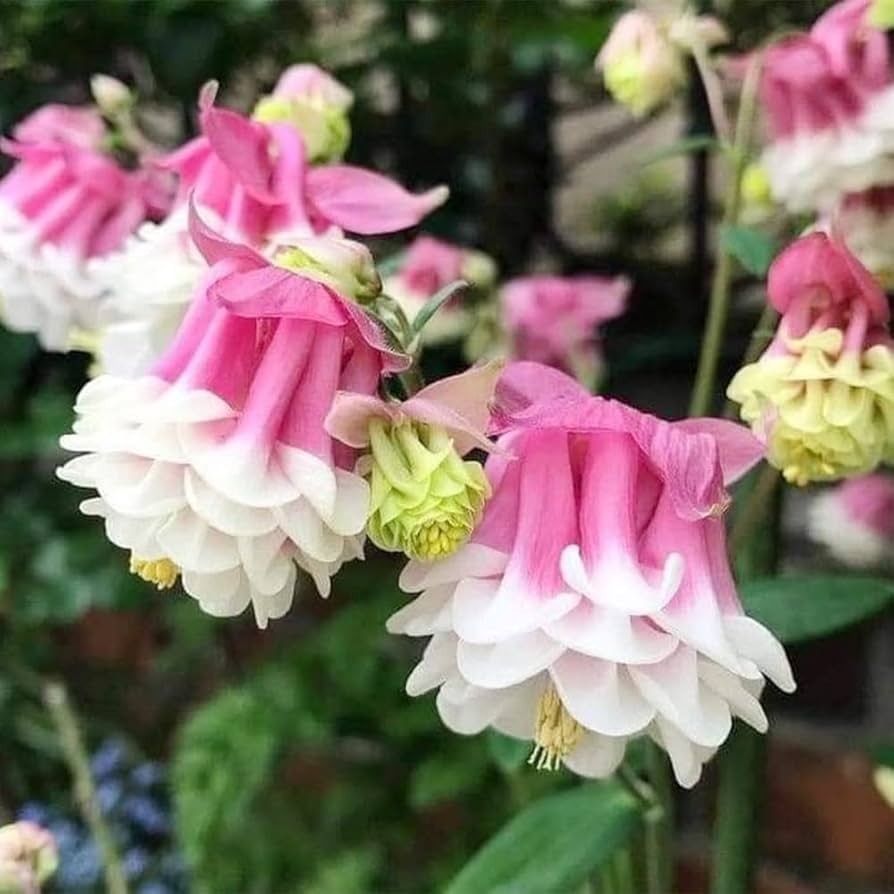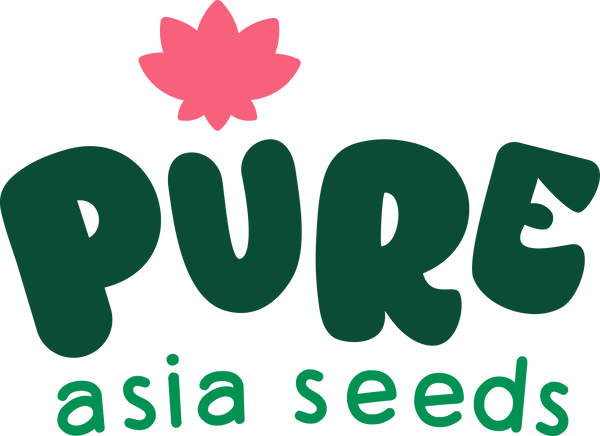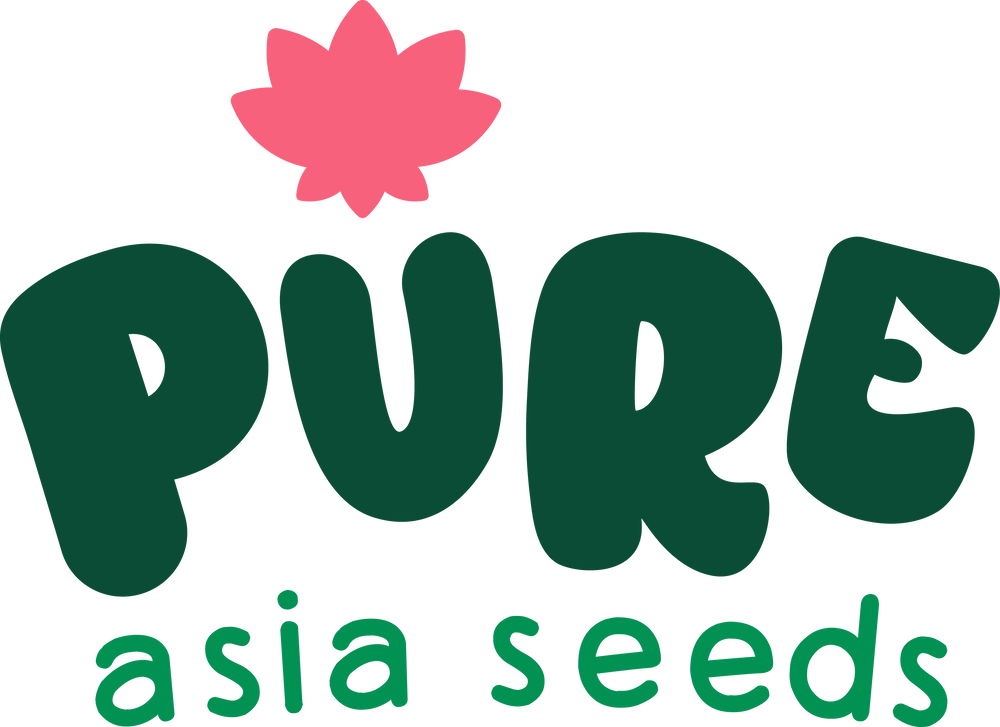Starting a garden begins with one crucial step—choosing the right seeds. With so many varieties of vegetables, herbs, fruits, and flowers available, selecting the best seeds for your garden can feel overwhelming. Whether you're a beginner or a seasoned gardener, this guide will help you make informed choices to grow a successful and rewarding garden.

Why Choosing the Right Seeds Matters
Selecting the right seeds is the foundation of a healthy garden. The quality, type, and variety of seeds you choose will directly influence your plant’s growth, yield, and resistance to local pests and diseases. Using the wrong seeds for your zone or garden conditions can lead to poor germination, stunted growth, or failed crops.
1. Know Your Climate and Growing Zone
Your climate and USDA hardiness zone are among the most important factors when choosing seeds.
-
Warm-season crops like tomatoes, melons, and peppers need long, hot summers.
-
Cool-season crops such as lettuce, broccoli, and peas prefer mild temperatures.
-
Check your regional first and last frost dates to plan planting time accordingly.
Tip: Use zone-friendly seed varieties that are adapted to your location for better results.

2. Understand Your Soil and Sunlight
Choose seeds that suit your soil type and sun exposure.
-
Root vegetables (like carrots and radishes) do best in loose, well-draining soil.
-
Leafy greens thrive in rich, composted beds with partial shade.
-
Fruit-bearing plants (such as cucumbers or squash) need full sunlight for best production.
If your soil is compact or lacking nutrients, consider raised beds and soil amendments before planting.
3. Choose Organic or Non-GMO Seeds
For healthier crops and an eco-friendly garden, choose organic seeds that are untreated, open-pollinated, and free from genetic modification.
-
Organic seeds are grown without synthetic pesticides or fertilizers.
-
Non-GMO seeds ensure natural plant genetics and biodiversity.
-
Look for certifications or buy from trusted sources like PureAsiaSeeds.com.
4. Determine Your Gardening Goals
Are you gardening for food, flowers, or both? Clarifying your goal will guide your seed selection:
-
For food production: Focus on vegetables and herbs you eat frequently.
-
For beauty and pollinators: Choose vibrant flowers like zinnias, cosmos, or marigolds.
-
For container or small-space gardening: Select compact or dwarf varieties like cherry tomatoes or patio cucumbers.
Grow what excites you—your enthusiasm makes gardening more enjoyable and consistent.
5. Check Seed Packet Information
Every seed packet contains key information to help you choose wisely:
-
Days to germination and maturity
-
Ideal planting depth and spacing
-
Sunlight and watering requirements
-
Disease resistance and special growing tips
Choose varieties with shorter maturity times if your growing season is short, or disease-resistant strains if you’ve struggled with blight or mildew in the past.

6. Start Small and Experiment
If you're new to gardening, don’t feel pressured to grow everything at once. Start with 3–5 crops that are:
-
Easy to grow
-
Well-suited to your space and season
-
High-yielding or fast-maturing
As your skills grow, you can expand into specialty crops, succession planting, and crop rotation strategies.
Final Thoughts
Learning how to choose the right seeds for your garden empowers you to create a thriving, abundant space—whether on a balcony, backyard, or farm. By considering your climate, soil, garden goals, and seed type, you’re setting the stage for a productive and joyful gardening experience.
Visit PureAsiaSeeds.com to explore high-quality organic, non-GMO seeds tailored to every garden and climate.

